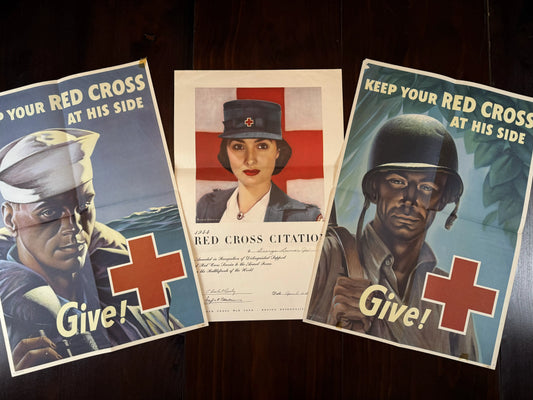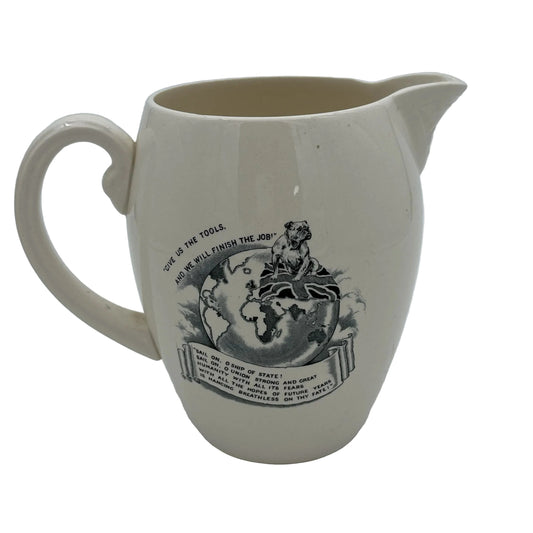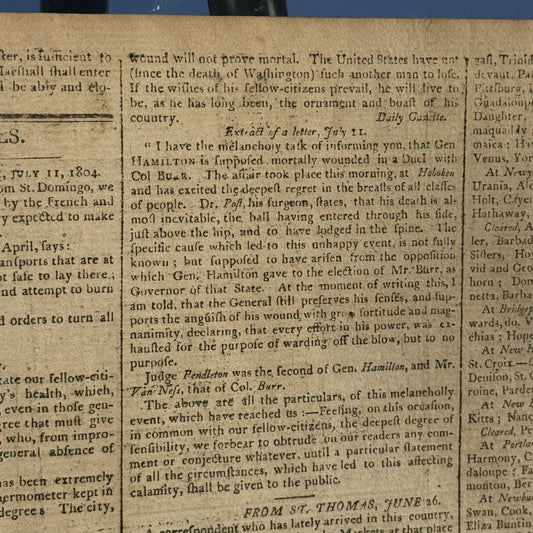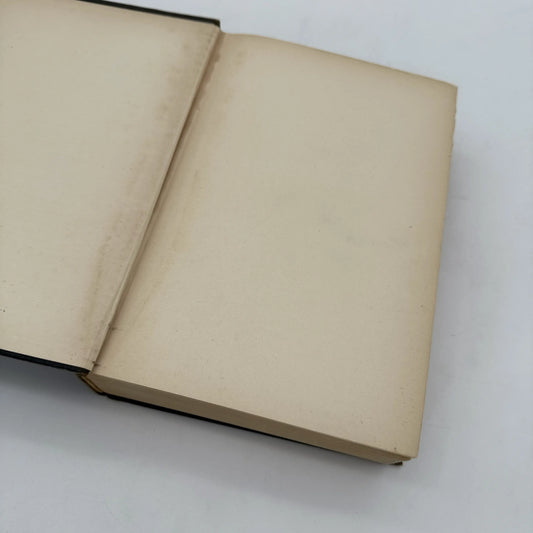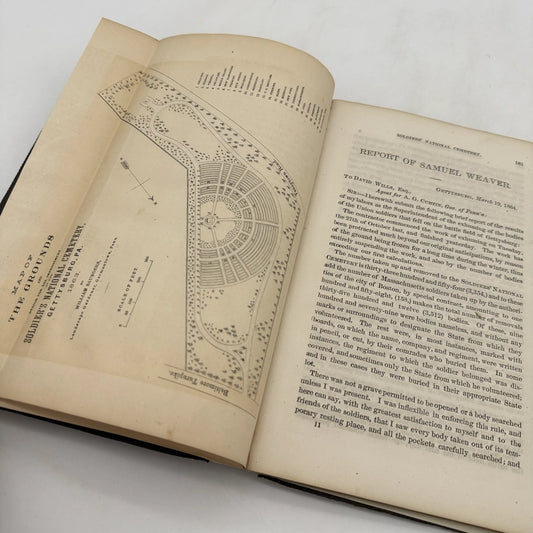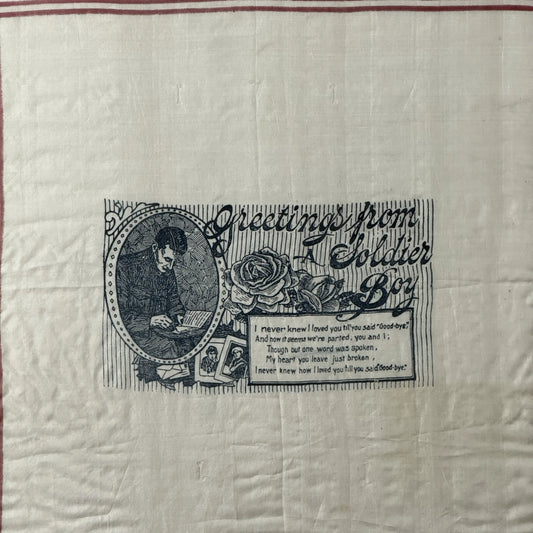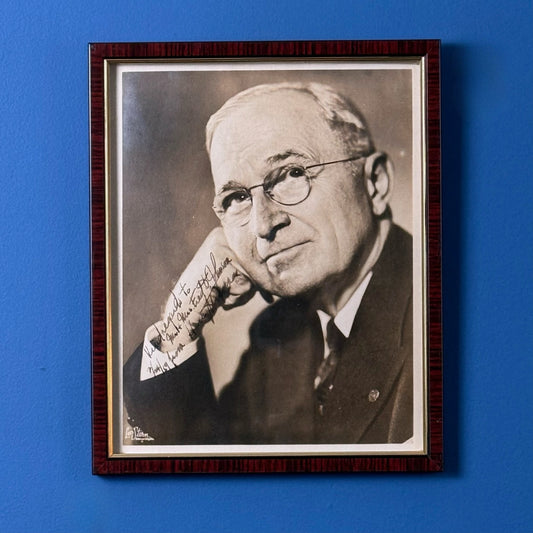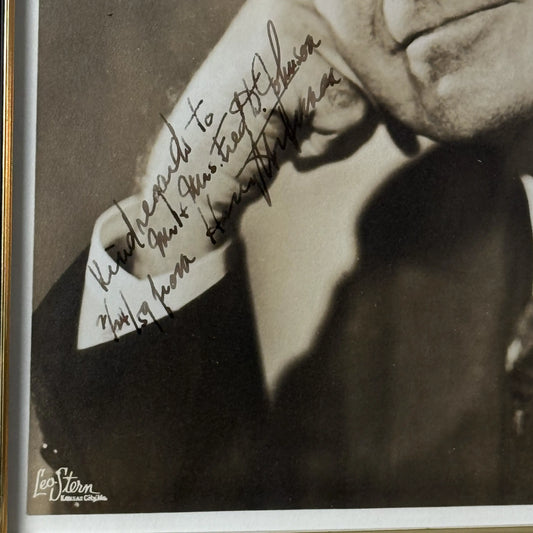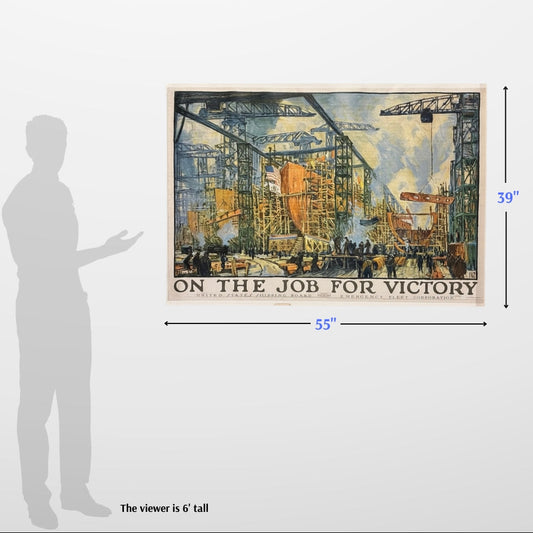Seth Thomas "Banjo Clock" showing the Boston Tea Party — Electric (possibly)
Seth Thomas "Banjo Clock" showing the Boston Tea Party — Electric (possibly)
Updated on September 19, 2025: This has been sold.
I purchased two nearly identical Seth Thomas mahogany "banjo style" clocks, each with the same scene the Boston Tea Party. The one we're offering here is (possibly) electric. In a few weeks we'll offer the other, which is a traditional spring-wound clock. (It also has Arabic numerals for the dial.)
In terms of this clock, as you can see from the photos, it was wired for electrical. I have not tested and would recommend either simply using it as a decorative piece or having someone replace the electrical cord. I haven't looked closely, but this should be pretty straightforward as a DIY project if you're comfortable with basic electrical. Whether it runs and how well it keeps time, I don't know.
The case and glass panels are in very good condition.
The Boston Tea Party scene is the reason I bought these. A clock repairman who has extensive experience with banjo clocks over the last several decades, said he'd seen a banjo clock with this image only once before.
And regarding the way in which it's hanging: It will easily fit on a normal hanger, which is then largely hidden by the case and eagle. I added a clip with a larger ring that so that I had something that would fit over the heavy duty picture hangar screw I have.
Size: 30" from the top of the eagle to the base and 9" at its widest point.
Shipping: $50. Please allow one week for shipping.
Historical background
Seth Thomas
"Seth Thomas (1785-1859) was one of the earliest clockmakers who realized he could successfully mass-produce clocks.
"Prior to working as a clockmaker, he was a carpenter and joiner who built homes and barns. He was approached by two clockmakers in 1807 because of his woodworking skills, and in the ensuing two years, the three men made thousands of clocks. Eventually, in 1812, Thomas set up his own clock factory in Plymouth Hollow, Conn. After his death, the western part of Plymouth Hollow was made into a separate town and named Thomaston in his honor.
"The banjo clock was invented by another famed clockmaker in 1802. Simon Willard (1753-1848) designed the shape that is recognized for its circular dial that sits upon a tapered trunk over a box-shaped base. It is named for the banjo because of its form, which was devised to save on scarce materials. A brass eagle or dove adorning the clock became a popular decoration for clocks made after 1812."
Source: Chicago Tribune
Made by America
Made by America
Almost all of the new products we offer are designed by us and made in America and most of our Rare Finds were made in America.
Our original designs are based on our nation’s history and our love of American history. Read more about other things we've created, including The History List, History Camp, and The Pursuit of History, in addition to The History List Store.
Every product that is made in America states that in the product description and includes the "Made in U.S.A." graphic.
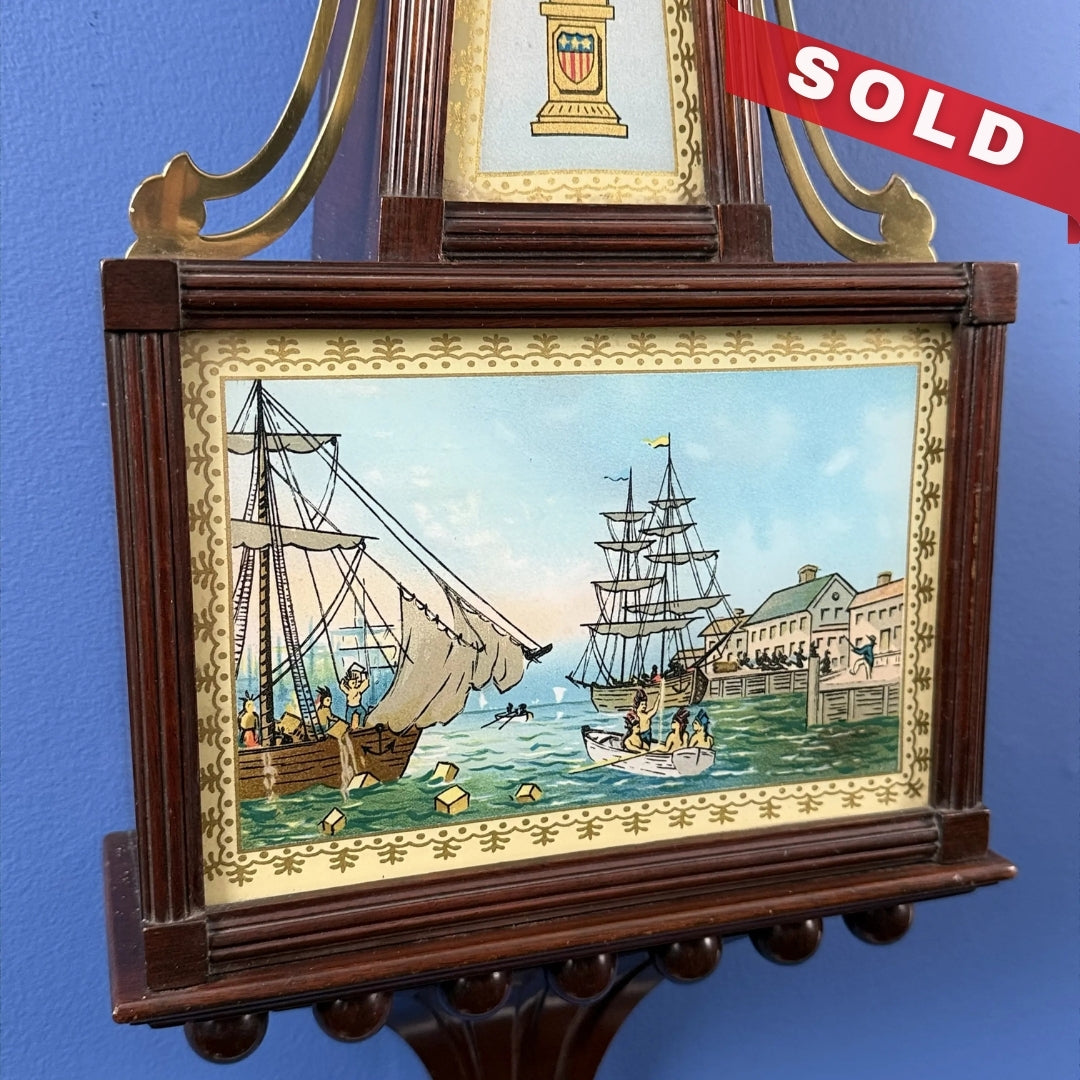
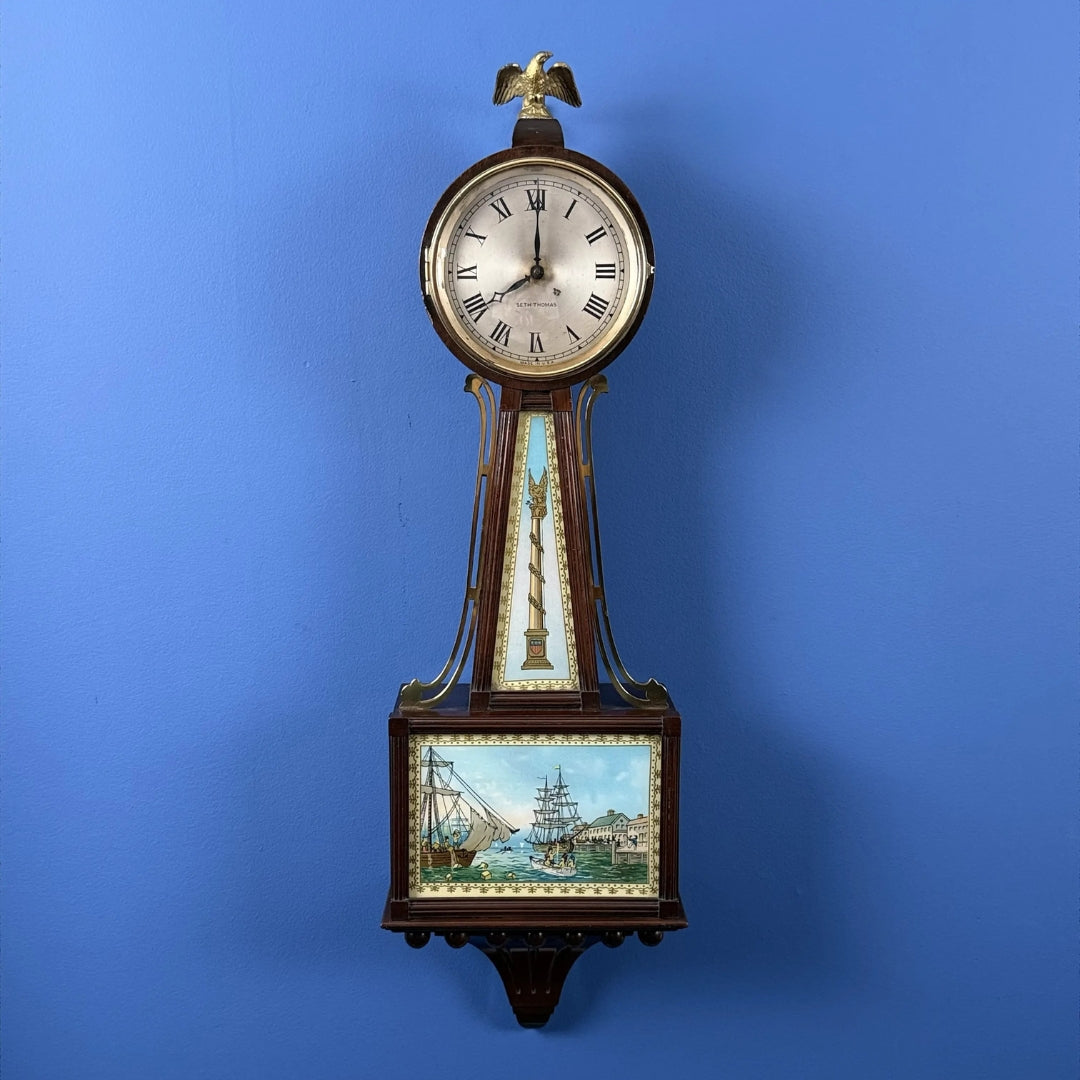
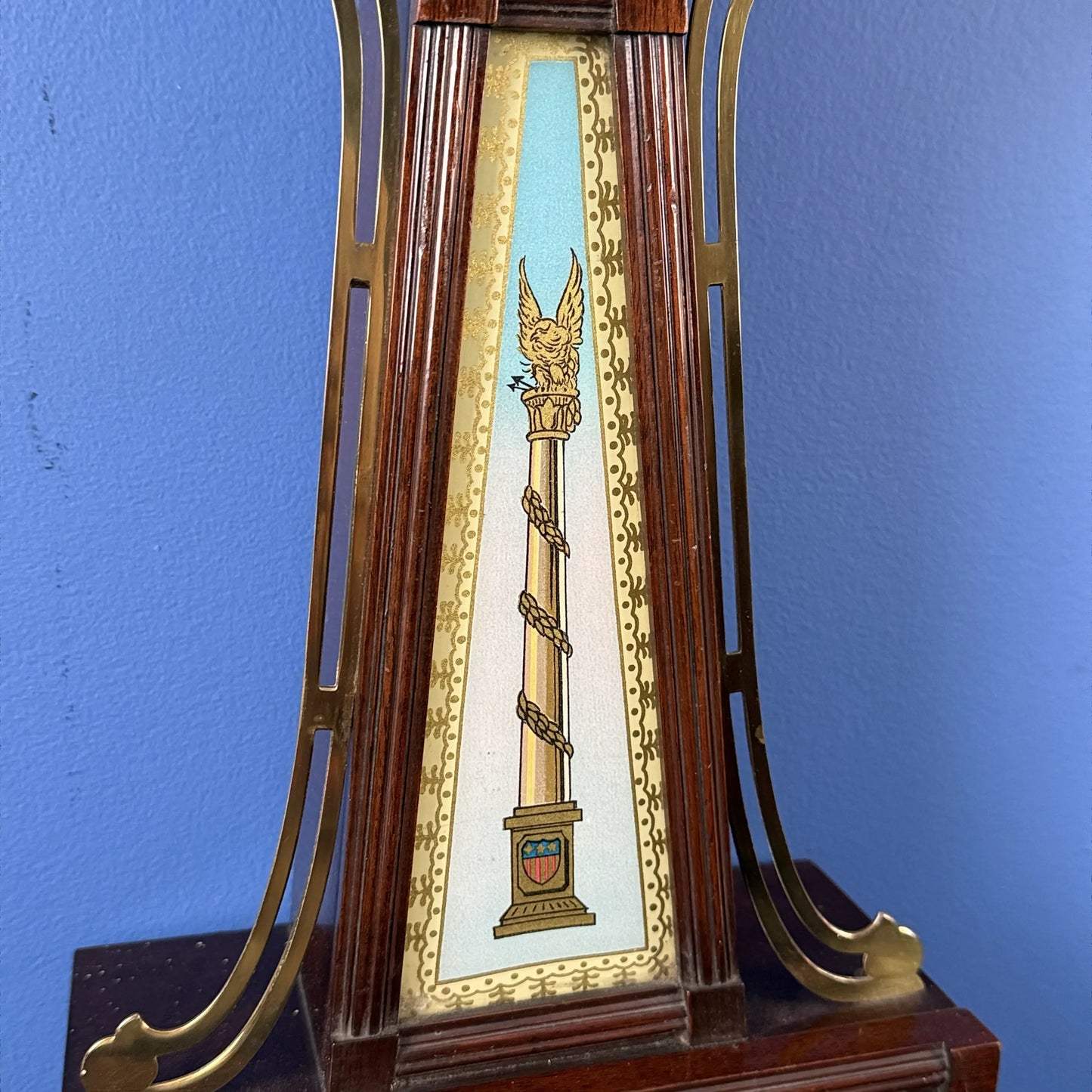
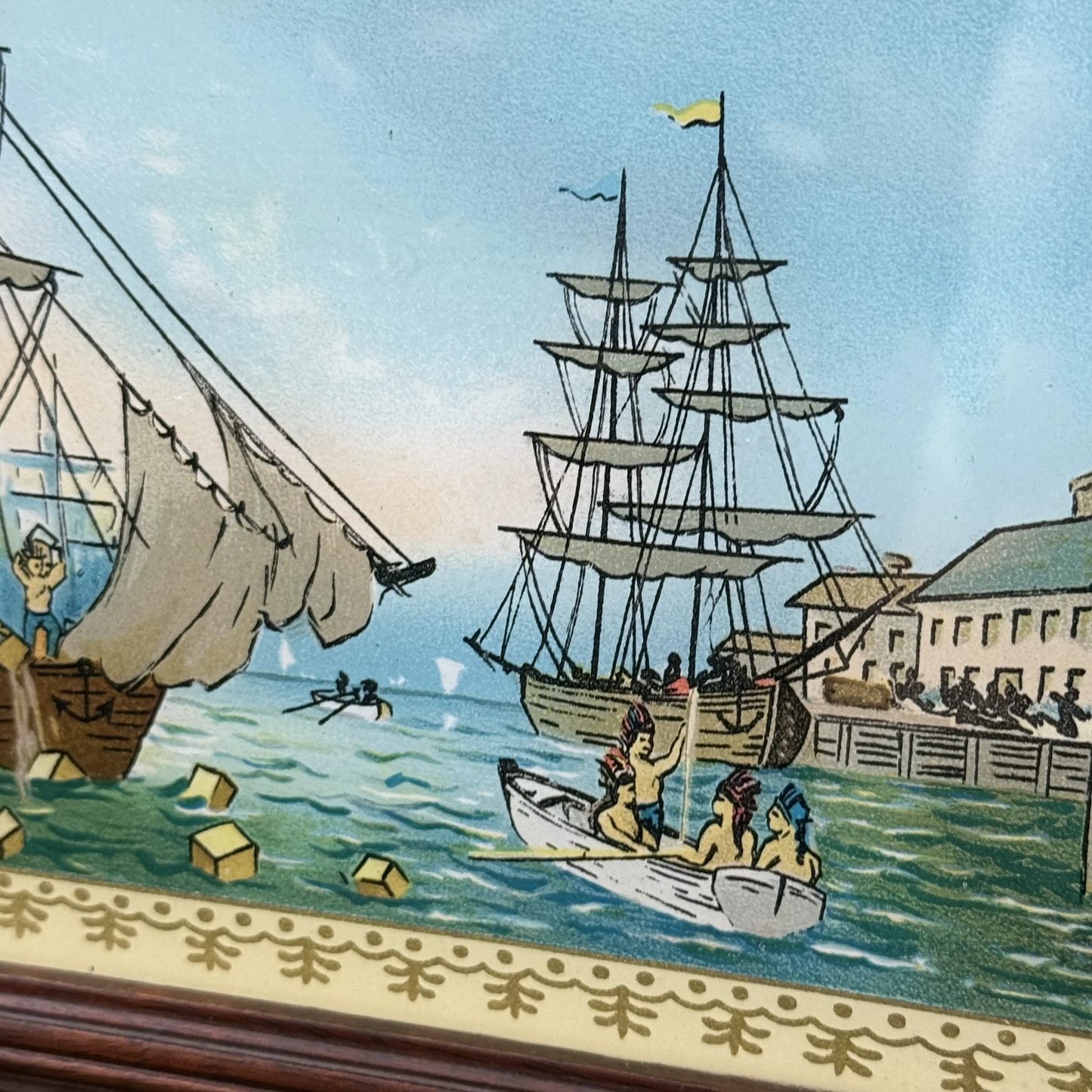
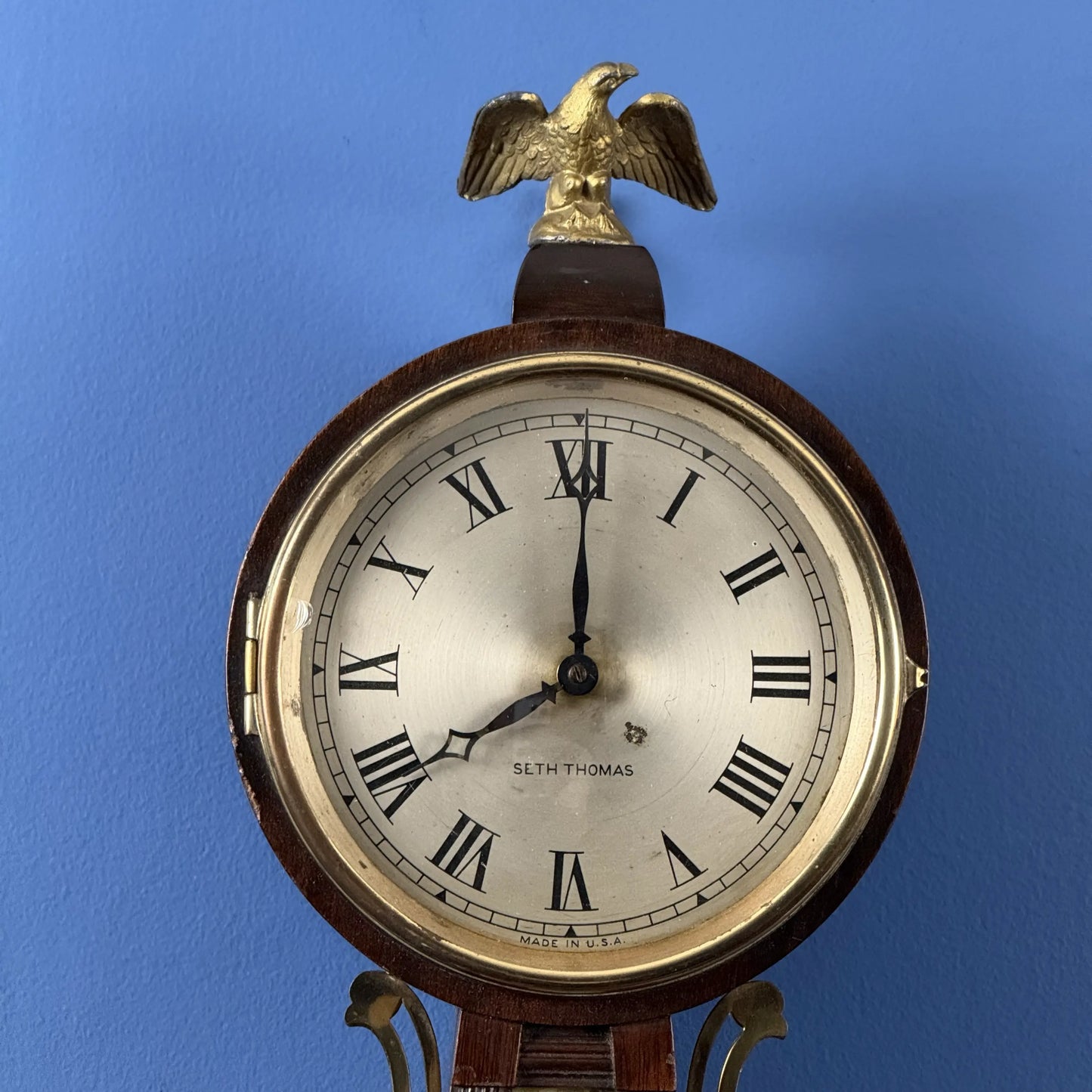
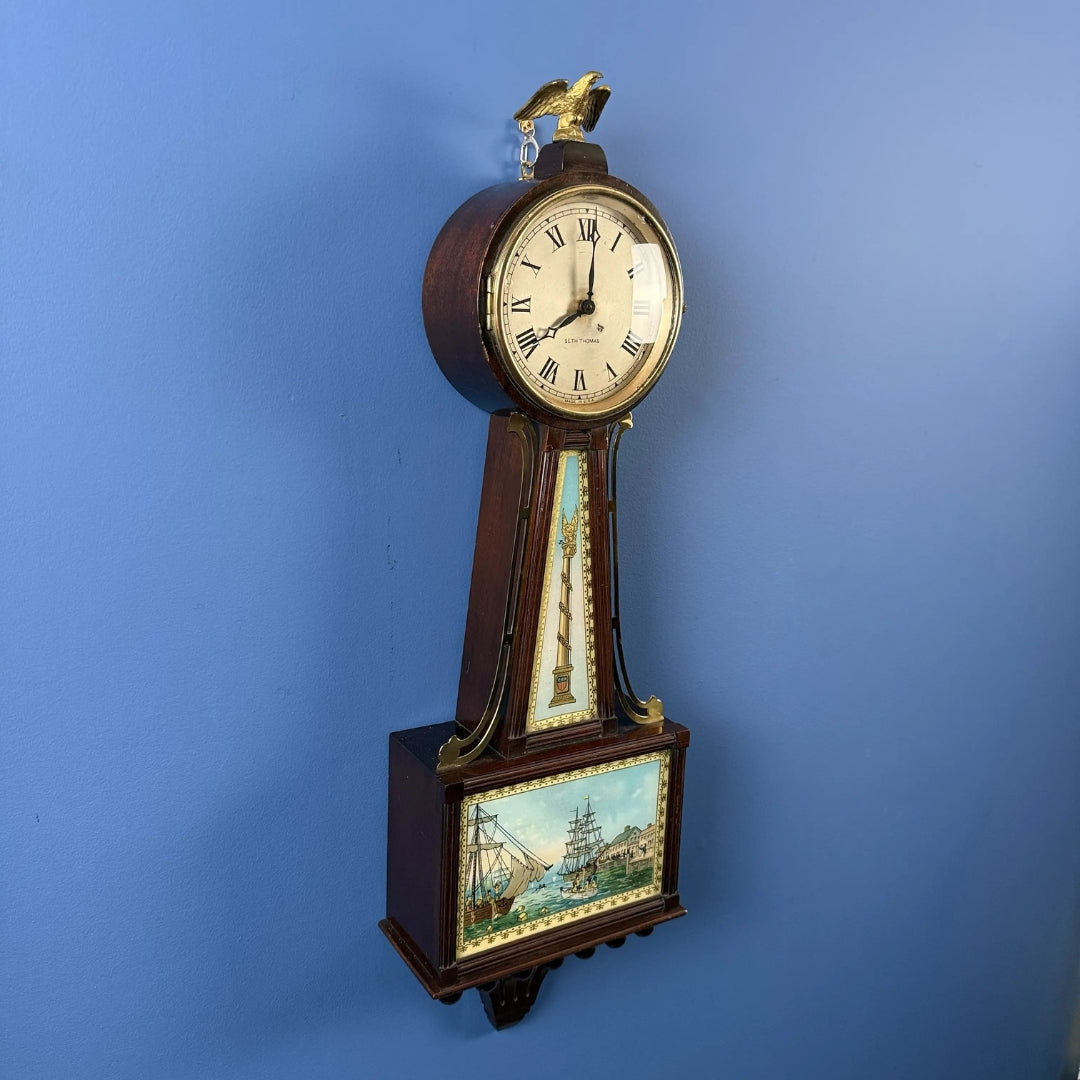


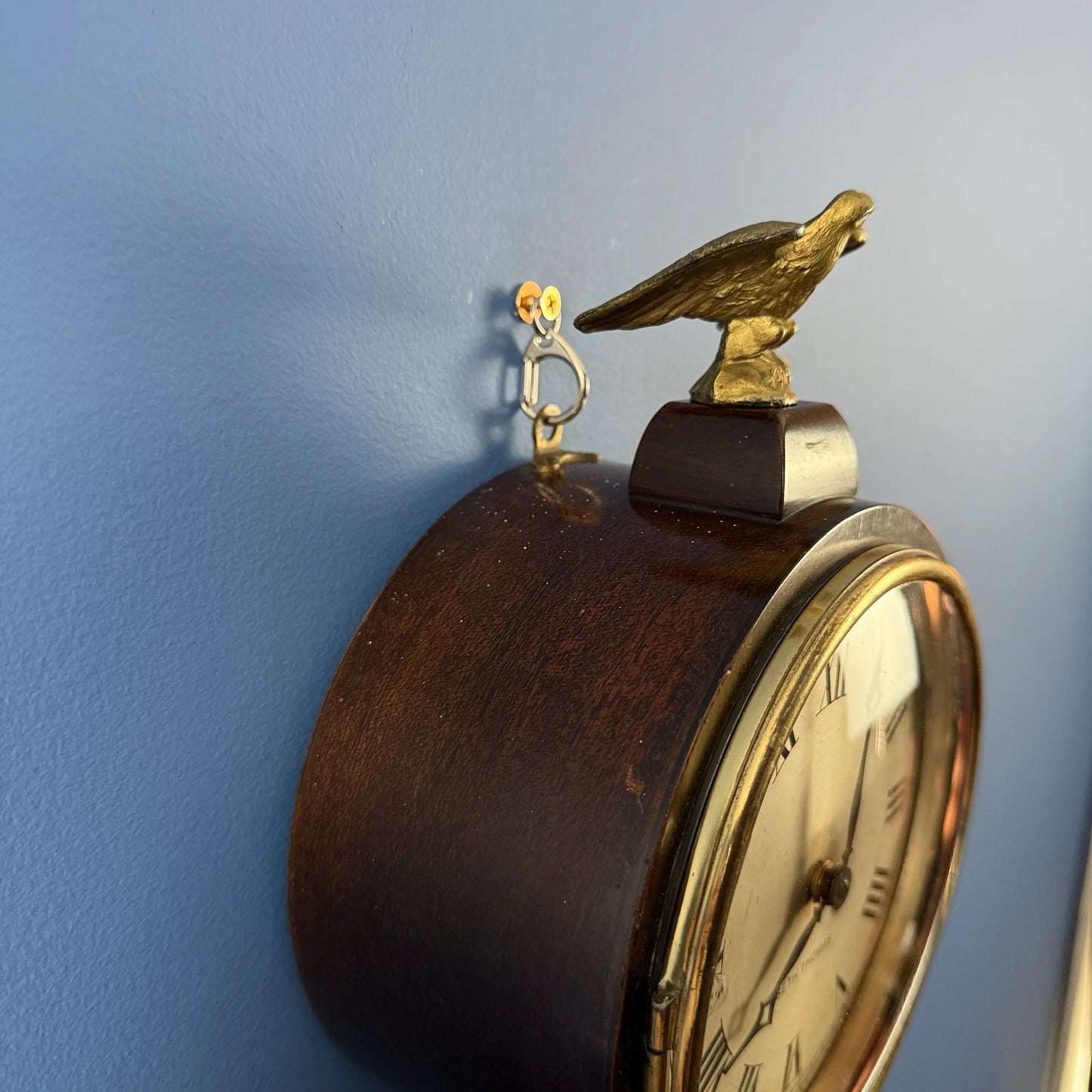
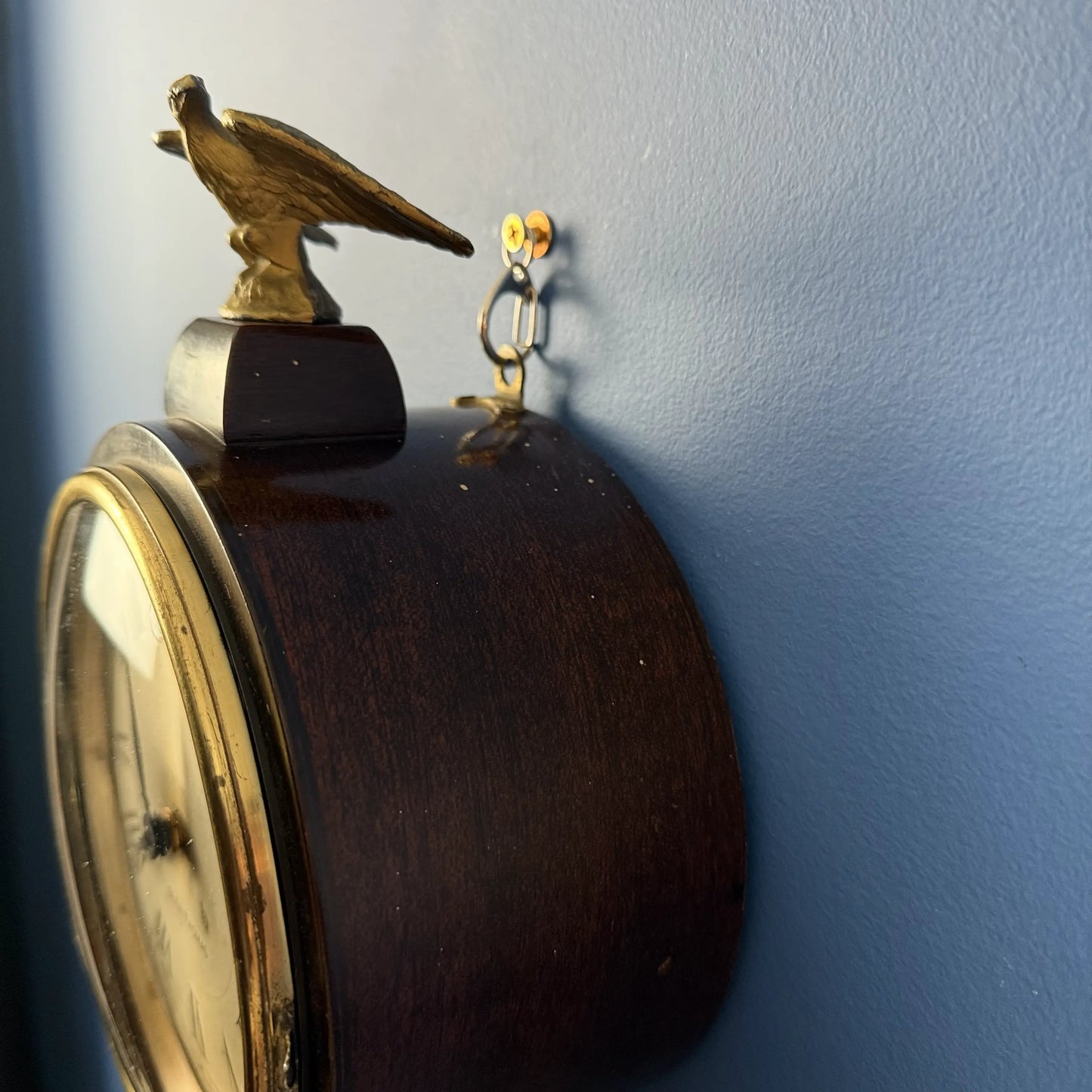
New in Rare Finds this week
-
WWII Red Cross Posters
"yes"
Sold out -
Sold out














